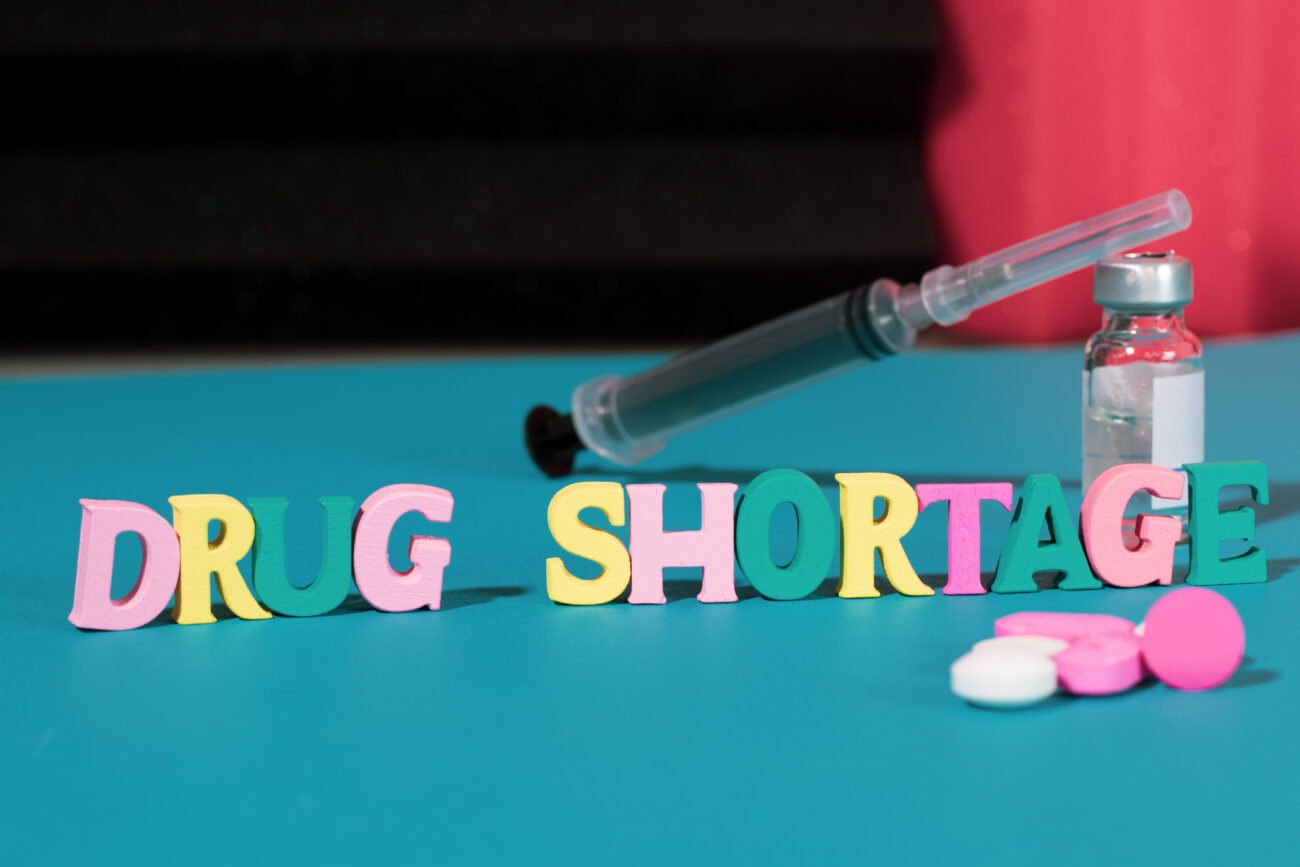Gamification in Patient Adherence Programs: Does It Work?
In the ever-evolving landscape of healthcare, patient adherence remains one of the most persistent challenges. Whether it's taking daily medications, attending regular checkups, or sticking to a lifestyle change, patients often struggle to follow through.

In the ever-evolving landscape of healthcare, patient adherence remains one of the most persistent challenges. Whether it’s taking daily medications, attending regular checkups, or sticking to a lifestyle change, patients often struggle to follow through. In response, healthcare providers and digital health innovators are increasingly turning to gamification—the application of game design elements in non-game contexts—to improve adherence and outcomes. But does it really work?
The Adherence Problem: More Than Forgetfulness
Medication non-adherence is responsible for approximately 125,000 deaths annually in the U.S. alone and adds billions to healthcare costs. Despite education, reminders, and follow-ups, adherence rates for chronic disease management often hover around 50%. The root causes vary—from side effects and forgetfulness to lack of motivation and emotional disengagement.
Traditional approaches often fall short in addressing the psychological and behavioral barriers to long-term engagement. That’s where gamification offers a promising alternative.
What Is Gamification in Healthcare?
Gamification in patient adherence involves integrating game-like features such as points, levels, badges, leaderboards, and challenges into health programs. The goal is to trigger behavioral responses like competition, reward-seeking, and a sense of achievement—all to keep patients engaged and on track with their health plans.
Examples include:
- Mobile apps that award points for taking medications on time.
- Wearable integrations that offer rewards for meeting activity goals.
- Community challenges that foster social accountability and encouragement.
Evidence: Is Gamification More Than a Buzzword?
Early studies and pilot programs have shown encouraging results:
- A 2019 JMIR study on a gamified medication adherence app found a 20% improvement in adherence among users compared to a control group.
- Fitbit and Apple Health integrations in chronic care management programs have demonstrated increased activity levels and better symptom tracking.
- Kids with diabetes using gamified glucose-monitoring platforms reported improved routine adherence and better disease understanding.
But while results are promising, they are often context-specific and vary by demographic, health condition, and program design.
Why Gamification Works (When It Does)
- Motivation Reinforcement
Gamification leverages intrinsic and extrinsic motivation. Patients gain immediate feedback and satisfaction, turning mundane tasks into rewarding micro-challenges. - Behavioral Psychology at Play
Elements like streaks and badges tap into psychological principles such as operant conditioning and positive reinforcement. - Social Engagement
Leaderboards and community competitions promote healthy peer pressure, making patients feel less isolated in their health journey. - Progress Visibility
Real-time tracking and progress bars give patients a visual sense of accomplishment, helping them stay focused on long-term goals.
Limitations and Challenges
Despite its potential, gamification is not a one-size-fits-all solution. Some challenges include:
- Sustainability: Novelty can wear off. Without updates and evolving challenges, users may lose interest.
- Over-Gamification: Poorly designed systems can feel forced or patronizing, especially for older adults or those with low digital literacy.
- Data Privacy: Integrating gamification with health data collection must be carefully managed to comply with privacy laws like HIPAA and GDPR.
The Future: Personalization and AI Integration
The next wave of gamified adherence tools is moving toward hyper-personalization. By using AI and behavioral data, these platforms can tailor challenges and rewards to individual patient preferences, routines, and health goals.
Imagine a system that knows when a patient is most likely to forget their medication and proactively offers a nudge—wrapped in a lighthearted challenge—to stay on track. Or a virtual coach that adapts game dynamics in real time based on patient mood, engagement, and medical history.
Does It Work?
Yes—but with caveats. Gamification in patient adherence programs can be a powerful tool when thoughtfully designed, tailored to the patient, and integrated into broader care strategies. It should not replace medical advice or clinician engagement but rather augment it by making the path to better health more engaging and motivating.
In a world where attention is scarce and behavior change is hard, a little game-like encouragement may just be what patients need to play—and win—their own health game.






